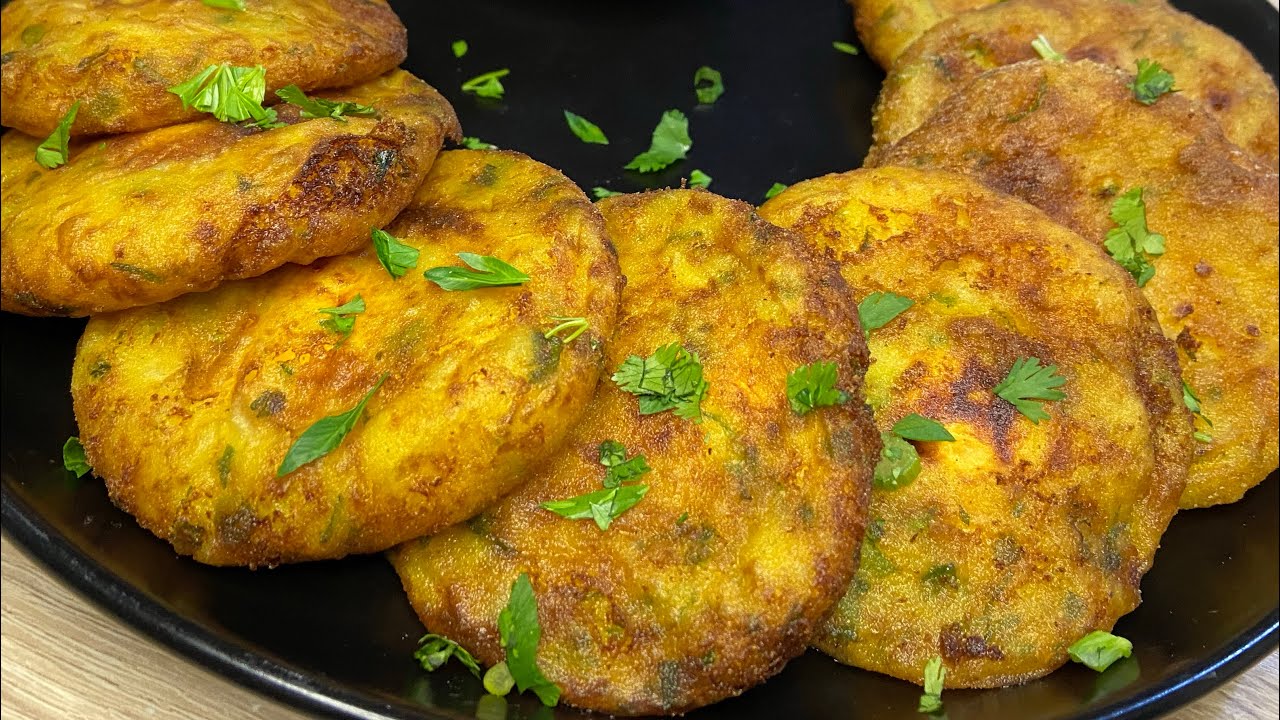Morocco Food Culture: A Culinary Journey for Tourists
Morocco is a land where flavors tell stories, and every meal is an invitation into centuries-old traditions. The country’s food culture is a reflection of its rich history, blending Berber, Arab, Andalusian, and French influences into a unique and unforgettable culinary experience. From the vibrant spice markets of Marrakech to the hidden family-run eateries in Fes, Moroccan cuisine is a feast for the senses.
For travelers seeking an authentic taste of Morocco, the journey goes beyond simply eating—it’s about experiencing the culture through its food. Whether indulging in a slow-cooked tagine, savoring fresh seafood along the Atlantic coast, or sipping sweet mint tea in a traditional riad, every bite is a discovery. This guide will take you through the essential elements of Morocco food culture, must-try dishes, dining traditions, and the best places to explore for an unforgettable culinary adventure.
We’re available anytime! Contact us on WhatsApp for instant assistance.
1. The Rich Heritage of Moroccan Cuisine | Morocco Food Culture
A Fusion of Flavors and Influences
Morocco food culture is shaped by centuries of cultural exchange. The Berbers, the indigenous people of North Africa, introduced grains, dates, and preserved foods, while Arab traders brought spices like saffron and cinnamon. The Moors of Andalusia influenced Morocco’s use of olives, citrus, and almonds, and French colonial influences introduced pastries and European-style bread.
The Secret Behind Moroccan Flavors
The magic of Moroccan cuisine lies in its layered flavors and aromatic spices. Many dishes are slow-cooked to allow the ingredients to blend harmoniously. Some of the most commonly used spices include:
- Ras el Hanout – A complex blend of up to 30 spices, unique to each spice vendor.
- Cumin – Used in both meat and vegetable dishes for an earthy depth.
- Saffron – Adds a delicate, floral note to special dishes like couscous.
- Cinnamon – A key ingredient in both savory stews and sweet pastries.
Moroccan cooking also emphasizes preserved lemons, olives, and argan oil, which add a distinctive tangy and nutty character to many dishes.
2. Essential Moroccan Dishes Every Tourist Must Try
Tagine – Morocco’s Signature Dish
A tagine is a slow-cooked stew named after the clay pot in which it is prepared. It comes in various forms, from lamb with prunes and almonds to chicken with preserved lemons and green olives. The long cooking process allows the flavors to develop into a rich and aromatic dish.
Where to try it:
- Nomad (Marrakech) – Offers modern interpretations of traditional tagines.
- Café Clock (Fes and Marrakech) – Famous for its inventive variations, including camel tagine.
Couscous – The Friday Tradition
Couscous is traditionally served on Fridays, the holy day in Islam, as a communal meal for family gatherings. This dish consists of steamed semolina grains topped with slow-cooked vegetables, chickpeas, and either lamb, chicken, or beef.
Where to try it:
- La Maison Arabe (Marrakech) – Known for its authentic couscous, prepared in the traditional style.
- Dar Roumana (Fes) – Serves a refined version of this Moroccan staple.
Pastilla – The Sweet and Savory Surprise
A unique blend of sweet and savory flavors, pastilla (also called bastilla) is a flaky, golden pastry filled with pigeon or chicken, almonds, cinnamon, and spices, dusted with powdered sugar. It is often served as a starter at celebrations.
Where to try it:
- Le Foundouk (Marrakech) – Offers a luxurious version of this dish.
- Riad Rcif (Fes) – Serves a pastilla with a perfectly balanced mix of flavors.
Moroccan Street Food – A Culinary Adventure
For those who love street food, Morocco offers a variety of delicious snacks:
- Maakouda – Fried potato cakes often served in sandwiches.
- B’ssara – A thick, flavorful fava bean soup, perfect for breakfast.
- Merguez Sausages – Spiced lamb sausages grilled over open flames.
- Sfenj – Moroccan doughnuts, crispy on the outside and soft inside.
Best places to try street food:
- Jemaa el-Fnaa (Marrakech) – The heart of Moroccan street food culture.
- Habous Quarter (Casablanca) – Known for its authentic local vendors.
3. Moroccan Tea Culture: The Art of Hospitality
Mint tea, often called “Moroccan whiskey,” is more than just a drink—it is a symbol of hospitality and friendship. It is traditionally made with Chinese gunpowder green tea, fresh mint leaves, and sugar, then poured from a height to create a foamy top.
Tea is served in nearly every social interaction, from welcoming guests to sealing business deals. When invited for tea, it is polite to accept and enjoy at least one glass.
Best places to experience Moroccan tea culture:
- Café Hafa (Tangier) – A historic teahouse overlooking the Mediterranean.
- Dar Cherifa (Marrakech) – A hidden gem offering a peaceful tea experience.
4. Dining Etiquette and Cultural Traditions
Understanding Moroccan dining customs will help visitors enjoy their culinary experiences to the fullest.
- Eating with your hands: Traditionally, Moroccans eat with their right hand, using bread to scoop up food.
- Sharing meals: Dishes are served communally, reinforcing a sense of hospitality.
- Accepting hospitality: Refusing food or tea may be seen as impolite.
- Taking your time: Meals in Morocco are meant to be enjoyed slowly, often accompanied by conversation.
5. Top Cities for Food Lovers in Morocco | Morocco Food Culture
Marrakech – The Ultimate Food Destination
Marrakech is a paradise for food lovers, offering everything from street food at Jemaa el-Fnaa to fine dining in luxurious riads.
Fes – The Culinary Capital
Fes is known for its traditional, home-style cooking. The city’s medina is filled with food stalls, bakeries, and hidden family-run restaurants.
Casablanca – A Blend of Tradition and Modernity
Casablanca offers a mix of traditional Moroccan cuisine and international fine dining. The city’s seaside location makes it the best place to try fresh seafood.
6. Planning Your Moroccan Food Journey: Essential Tips
- Best time to visit: Spring (March-May) and fall (September-November) offer pleasant weather for food tours and outdoor dining.
- How to explore: Join a guided food tour to discover hidden culinary gems and learn about Moroccan food culture from locals.
- Where to buy spices: Visit Souk El Attarine (Fes) or Mellah Market (Marrakech) for authentic Moroccan spices.
- Luxury dining experiences: Book a table at La Mamounia (Marrakech) or Rick’s Café (Casablanca) for an upscale Moroccan meal.
Final Thoughts | Morocco Food Culture
Morocco food culture is a journey of flavors, traditions, and hospitality. Whether tasting a rich tagine, exploring spice markets, or sharing tea with locals, every meal is an opportunity to connect with the country’s rich heritage. For those seeking an authentic travel experience, exploring Morocco’s culinary scene is one of the best ways to immerse in its culture.
Want priority assistance? Message us on WhatsApp, and we’ll help you right away!



